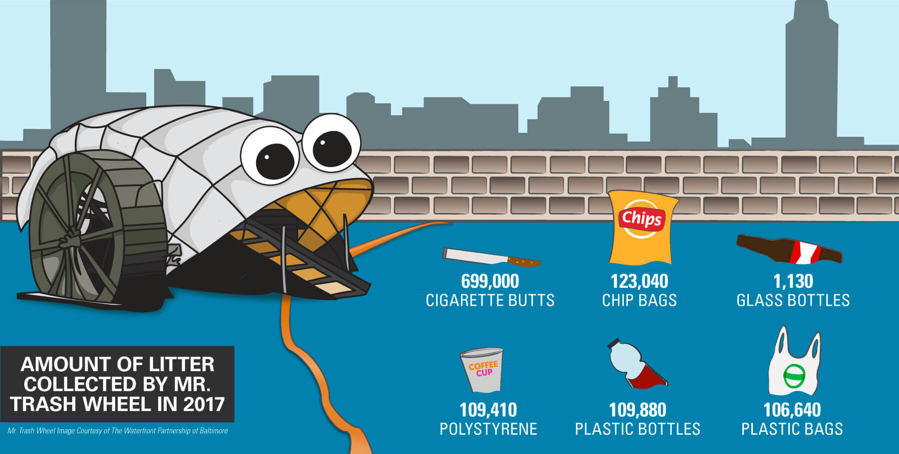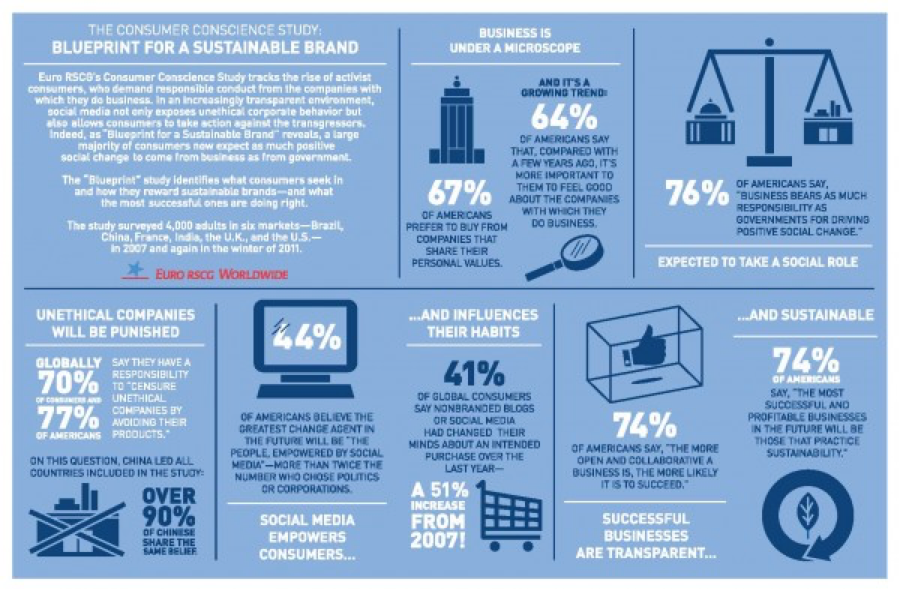Do You Appreciate the Value of Natural Capital?
Earth Day is a perfect time to reflect on the beauty of the world around us, but it’s also an opportunity to reflect on the immense value of that world and our dependency on the ecosystem services that our planet provides. It’s important to remember that from the bees pollinating our food supply to the trees that keep us healthy, the world has plenty of natural capital to offer. Many consumers and businesses radically underestimate the tremendous value of natural capital.
What Is Natural Capital?
Natural capital is the term used to describe the natural resources present throughout the globe including air, water, living organisms, soils, geology and more. While it’s easy to assign values to manmade things, it cannot be overemphasized how much “free” service our planet provides for us. A well-maintained river or forest provides the surrounding area with fish, water, energy, lumber and more. Additionally, natural environments, even small urban parks, provide for physical and mental well-being. Many natural resources are renewable but, with abuse and misuse, they can be spoiled and the services they provide can be compromised. Eventually, permanent damage can be done.

The Give and Take of Natural Capital
One of the many reasons why Earth Day is so vital is to bring awareness to the give and take nature of natural capital. With financial capital, when you overspend, you accumulate debt. If that debt is left unchecked, it could result in bankruptcy. With natural capital, when you take too much away from the natural environment, you also accumulate a debt that needs to be repaid (allowing aquifers time to replenish, replanting forests, etc.). If we constantly withdraw from the value of natural capital without putting anything back in, there is a risk of local, regional, national or even global environmental devastation.
The Value of Natural Capital
How does the value of natural capital translate to financial terms? While nature is priceless, it is not valueless. Numerous studies have attempted to quantify the value of natural capital. In 2013, The Economics of Ecosystems and Biodiversity (TEEB) for Business Coalition published a landmark report that estimated the world’s current production and processing sectors are responsible for environmental externalities valued at $7.3 trillion every year. In other words, industry is not covering the cost of their emissions, water use, land use, pollution and other natural resource impacts that their operations incur. Another study in the Journal of Global Environmental Change estimated the total value of the globe’s ecosystem services to be over twice the global aggregate Gross Domestic Product–$124.8 trillion annually.
Natural Capital in Practice

Comprehending the value of natural capital requires understanding the services that nature provides and how we benefit from them. For example, what if we had to pollinate all of our food producing plants manually? Placing a financial value on ecosystem services is a critical tool for policymakers, stakeholders and decision makers to appreciate the vital role of nature in business and the economy. While many ecosystem services continue to be taken for granted, corporations are increasingly taking responsibility for their environmental and social impacts. Earth Day allows us all a chance to reflect on our use of finite resources and how appreciating their value enables better decision-making.

